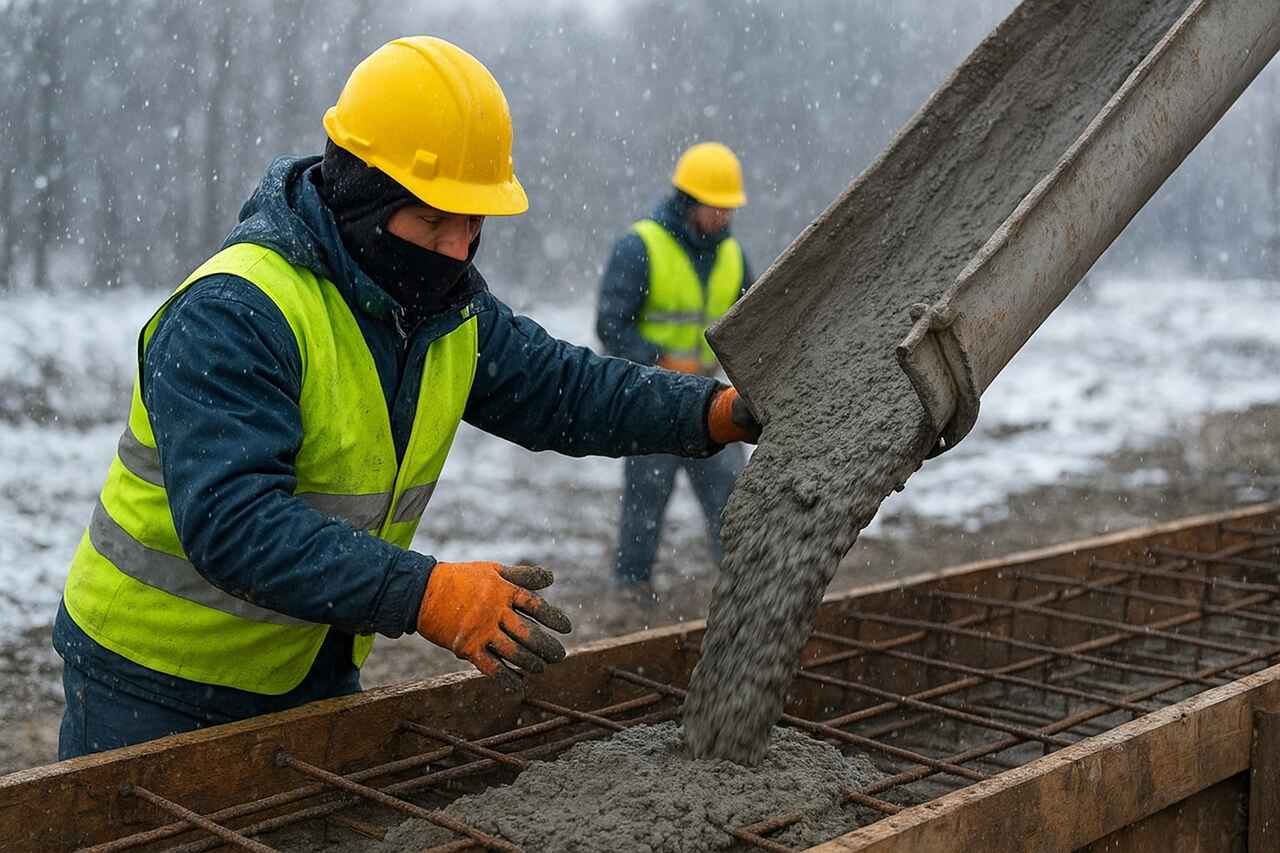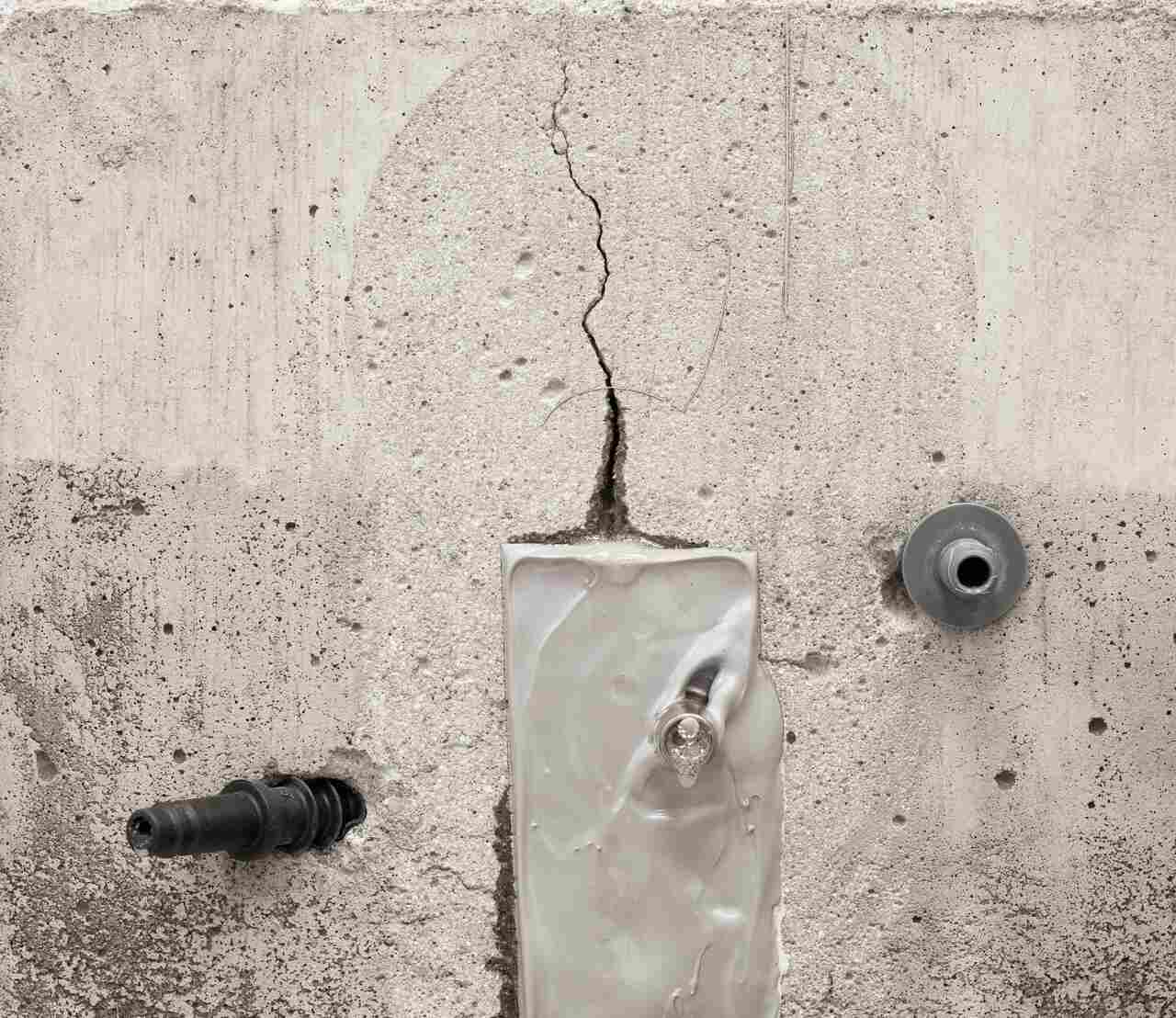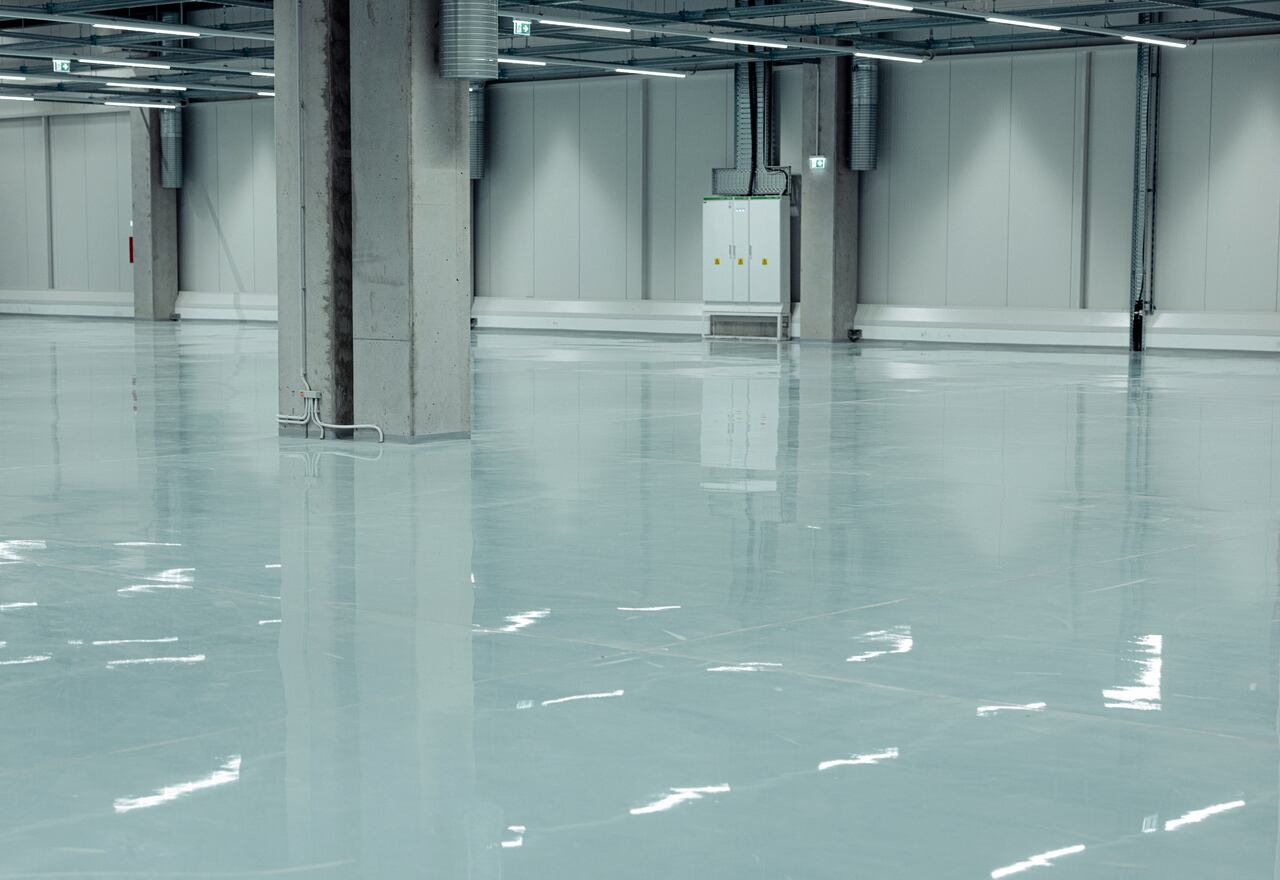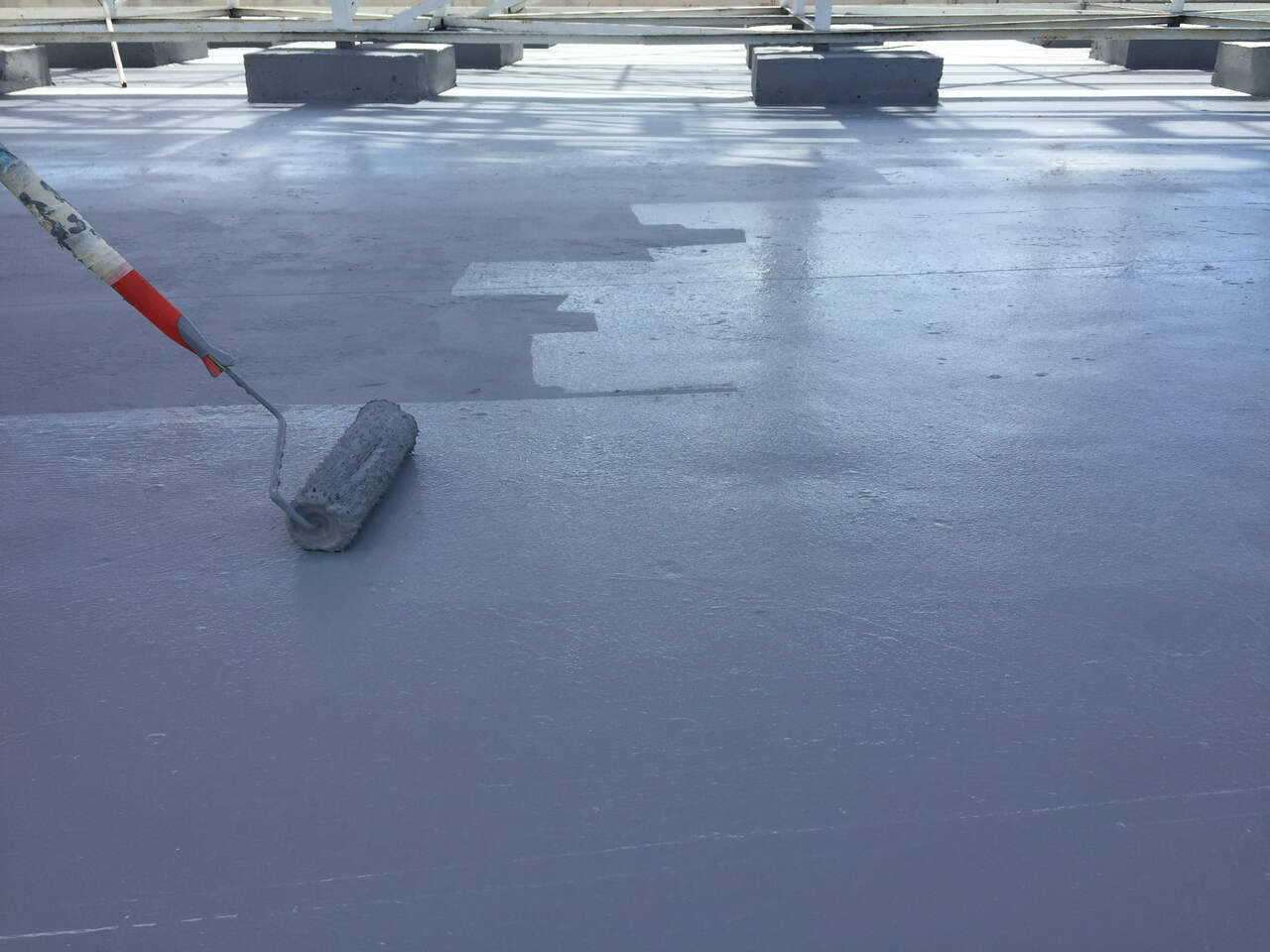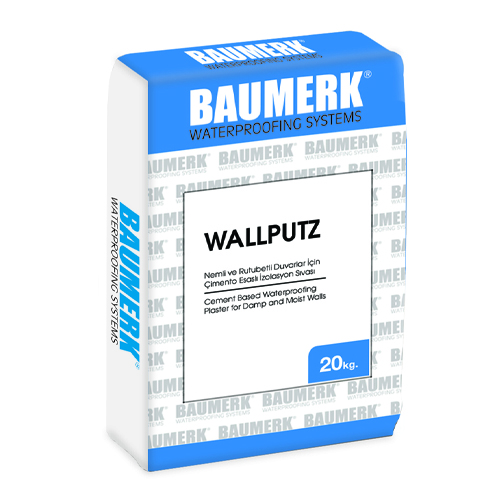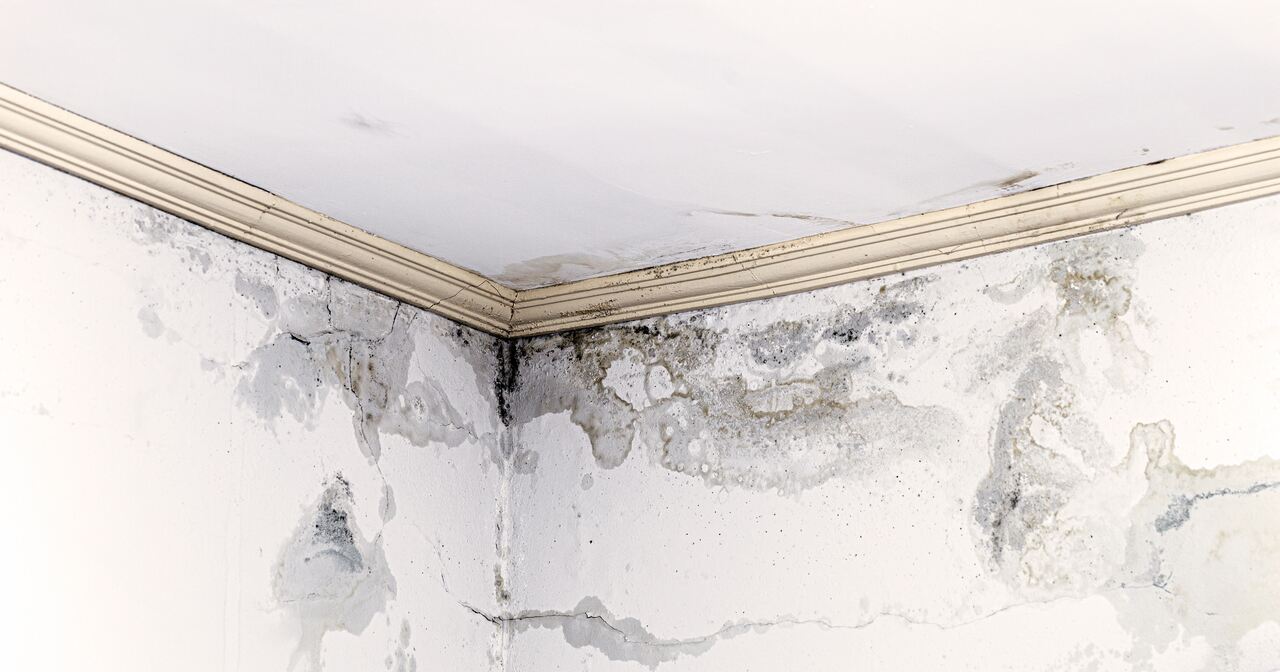
Dampness generally results from temperature imbalances and inadequate ventilation. It may also form due to poor or insufficient insulation. So, what exactly is dampness, what causes it, and how can it be prevented? In this article, prepared by the construction chemicals experts at Baumerk, we answer all these questions.
What Does Dampness Mean?
Dampness occurs when moisture in the air accumulates on surfaces. Indoor dampness, especially in homes, can negatively affect appearance, structural integrity, and health. Depending on the source of moisture and the building environment, the causes of dampness may vary. Here’s how dampness typically develops over time:
-
Accumulation of moisture on walls and ceilings
-
Moisture condensation in unheated spaces
-
Condensation of water vapor into liquid
-
Formation of mold and mildew around windows, walls, and ceilings
-
The spread of musty odors
-
Bubbling and flaking of wall paint
So how can you recognize signs of dampness? Let’s look at the general symptoms.
What Are the Signs of Dampness?
Signs of dampness include a heavy, stuffy atmosphere and visible mold. A damp home often feels airless and musty. When entering such a home, you may notice deterioration and mold on walls, windows, or furniture. Common signs of dampness in a home include:
-
A sense of suffocation and poor air quality
-
Warping or deterioration of furniture
-
Flaking and peeling of paint or plaster
-
Dark spots and stains on walls and ceilings
-
Condensation on windows and the appearance of black marks
Dampness primarily manifests on walls and furniture. Besides aesthetic issues like staining and discoloration, it can also pose health risks. Accumulated moisture over time can trigger respiratory conditions such as allergies and asthma.
What Causes Dampness in Homes?
There are several causes of dampness, but the most common is uncontrolled indoor humidity, primarily due to inadequate insulation. Lack of proper exterior, thermal, and waterproof insulation leads to damp-related issues. Other contributing factors include:
-
Insufficient ventilation
-
Condensation caused by cold air entering from outside
-
Water leaks causing trapped moisture
-
A warm and humid indoor environment
All these issues stem from poor ventilation and inadequate insulation. If wet and humid areas are not ventilated properly, moisture accumulates. Water leaks from roofs or plumbing also exacerbate dampness. But why does dampness occur in newly constructed buildings?
Why Does Dampness Occur in New Buildings?
Dampness in new buildings usually stems from construction materials that haven’t fully dried before being installed. Materials like plaster, concrete, and mortar contain high levels of water. After construction, time must be allowed for excess moisture to evaporate. Without proper heating and ventilation during this period, moisture remains trapped, leading to dampness. Additionally, the lack of moisture-resistant materials during the insulation phase contributes to the problem.
What Are the Damages Caused by Dampness?
Dampness negatively impacts both the building and the health of its occupants. Living in a damp environment may trigger respiratory conditions. Moldy, airless spaces can cause allergies, asthma, coughs, and headaches. Long-term exposure to such conditions can even affect mental well-being, leading to depression and sleep disorders.
Key damages caused by dampness include:
-
Eye irritation caused by stagnant, moldy air
-
Bad odors that intensify the lack of fresh air
-
Deterioration and decay of furniture
-
Fungal and bacterial growth on storage surfaces
-
Difficulty breathing due to poor air quality
-
Stained and darkened appearance of interior spaces
-
Lung damage caused by dust and bacteria buildup
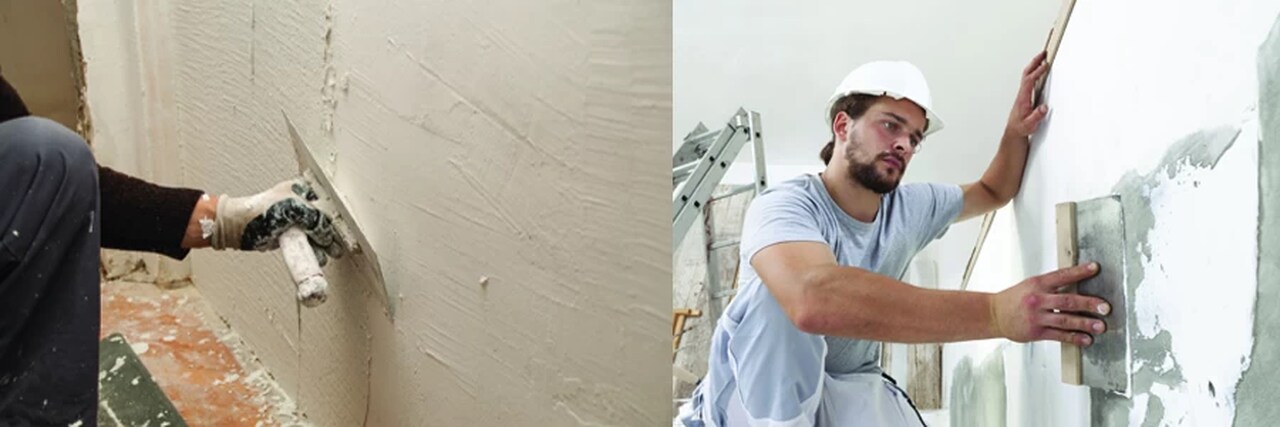
How to Prevent Dampness
To prevent dampness, it is essential to ventilate enclosed areas like bathrooms and kitchens regularly. Climate control and ventilation systems should be checked routinely. Here are some effective methods to eliminate dampness:
Regular Cleaning and Maintenance
Clean walls frequently using antimicrobial products to prevent the formation of mold, mildew, and stains.
Check Plumbing Systems
Old plumbing systems often leak, causing bad odors and dampness. Preventative maintenance and inspections should be scheduled regularly.
Proper Insulation
Buildings with proper insulation are more resistant to moisture and dampness. Always use the right products suitable for the building’s design and environmental conditions.
Use a Hygrometer
You can monitor indoor humidity using a hygrometer. This helps you take timely action before dampness occurs.
Use Anti-Damp Sprays and Solutions
As a temporary measure, you can use homemade sprays containing white vinegar and water in damp corners. Mix one cup of water with enough vinegar in a spray bottle and apply to the affected area.
Prevent Dampness with the Right Insulation Products
Exterior insulation is one of the most effective ways to control humidity and dampness. Use appropriate materials for walls, roofs, and window joints. WALLPUTZ, a cement-based plaster developed by Baumerk, is specifically formulated for damp and humid walls.
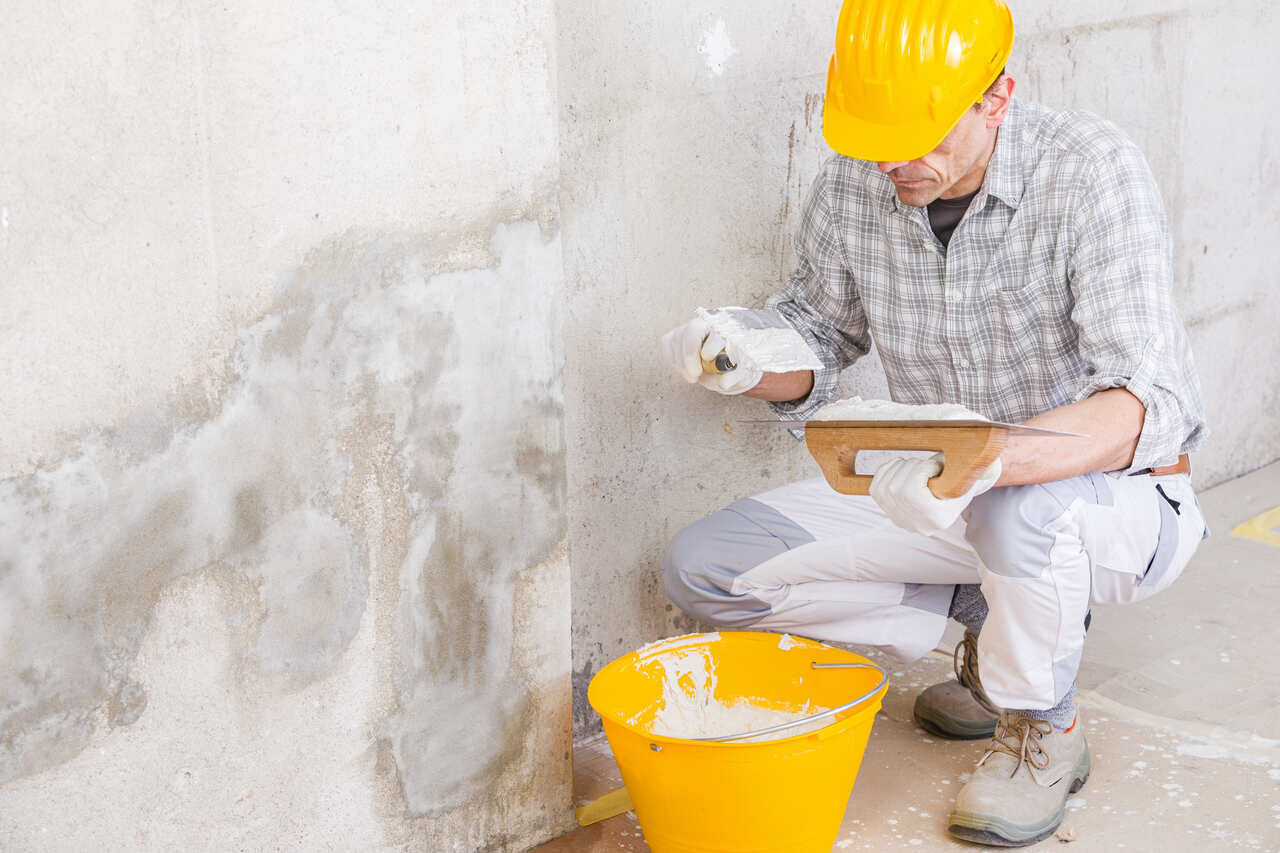
WALLPUTZ is suitable for use in wet areas like bathrooms, kitchens, and balconies. Thanks to its thermal insulation properties, it prevents uneven heat transfer, controlling excess humidity and condensation that lead to dampness. This product meets your insulation plaster needs during the building’s waterproofing process. For more details, visit the product page.
We’ve now answered what dampness is, why it occurs, and how to prevent it. For more solutions and construction chemical products that protect your indoor environment, visit the Baumerk Construction Chemicals page.
